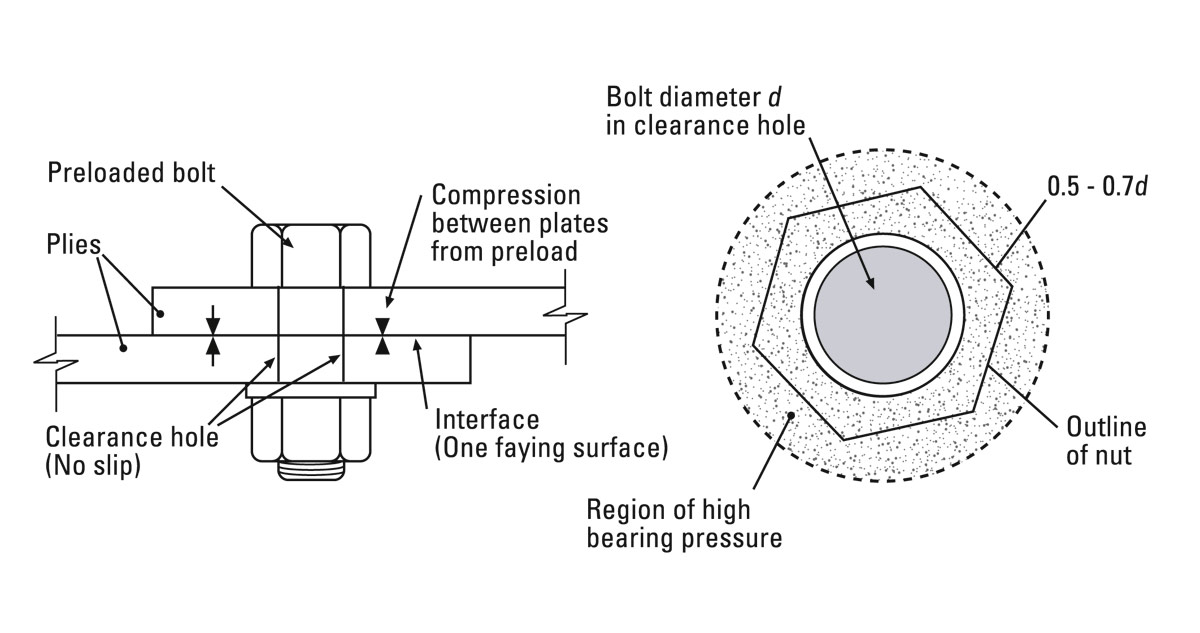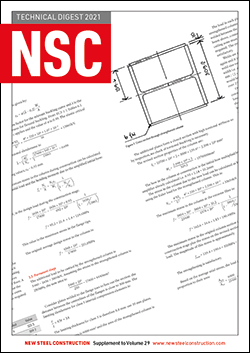Technical
AD 369: Steel bearing piles – Pile driving formulae and driving resistance
This Advisory Desk Note provides guidance on the use of pile driving formulae commonly encountered when considering the design and installation of steel bearing piles.
SCI publication P156 Steel Bearing Piles Guide, published in 1997, and the more recent P335 H-pile Design Guide, published in 2005, both present guidance on the installation and testing of steel bearing piles. In Section 7 and Section 8 of these respective publications, it is stated that ‘the installation of steel piles is a specialist activity, calling for foundation engineering knowledge and experience …’
The emphasis of these Sections is how to estimate the size and type of hammer required, or to estimate the driving resistance that needs to be overcome. Historically, making these estimates involved the use of a pile driving formula and, by way of an introduction to this topic, the Engineering News formula was mentioned in the SCI publications.
The Engineering News formula, and others of a similar nature, relate the movement of the pile resulting from a blow from the hammer at the end of driving to the static resistance or load-carrying capacity of the pile. It should be noted that when this was introduced in 1888, knowledge of soil mechanics and pile resistance was very much in its infancy and, even with the recommended safety factor of 6, the accuracy of this formula was poor. Since then, better formulae such as that devised by Hiley have been developed but these still have limited accuracy, particularly when long piles are involved or when piles are driven into clay.
Clause 7.5.2.1 of BS 8004:1986 (now withdrawn) gives useful guidance. It states that: ‘The Hiley formula is one of the more reliable [methods]’. However it advises that ‘Driving formulae are not directly applicable to deposits such as saturated silt, mud, marl, clay and chalk; they should be used with caution in any soil if on re-driving after a period of rest the resistance has decreased’ and it draws attention to the limited accuracy of even the better formulae. It suggests that ‘If as a result of test loadings on a given site a correcting coefficient can be applied to the formula, the results should then be of reasonable reliability for that particular site’.
Similar advice is also found in clause 7.6.2.5 (2) of BS EN 1997-1, which replaces BS 8004; it states: ‘If pile driving formulae are used to assess the ultimate compressive resistance of individual piles in a foundation, the validity of the formulae shall have been demonstrated by previous experimental evidence of acceptable performance in static load tests on the same type of pile, of similar length and cross-section, and in similar ground conditions.’
If sufficient supporting information on the pile-driving system is known (hammer properties, efficiencies etc.), the soils under consideration are appropriate to the formula to be used, and test results are available for the pile/hammer/soil combination, then pile driving formulae may be considered. If the Hiley formula is used, care must be taken to quantify the various factors in the formula in order to maximise the accuracy of the calculation but it must be appreciated that the accuracy will still be limited.
In SCI’s opinion, a pile-driving formula should not be used as a stand-alone solution. Where a formula is used, the values given by the chosen formula should be checked against calculations of end bearing and friction capacity, based on the soil conditions and properties, and/or the results of static test loads or dynamic pile tests.
References
Biddle, A.R., Steel Bearing Piles Guide (P156), SCI, 1997
Biddle, A.R., H-pile Design Guide, (P335 ), SCI, 2005
BS 8004:1986, Code of practice for foundations. BSI (Withdrawn)
BS EN 1997-1:2004 Eurocode 7. Geotechnical design. General rules. BSI.
Contact: Ed Yandzio
Tel: 01344 636525
Email: advisory@steel-sci.com













